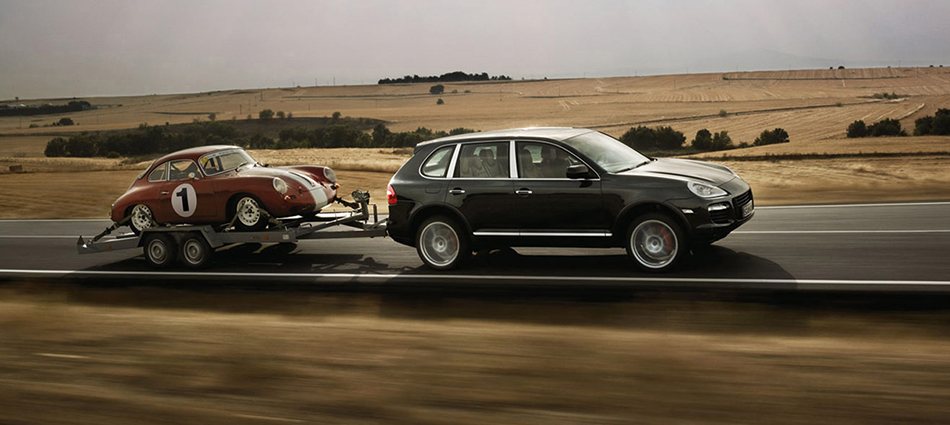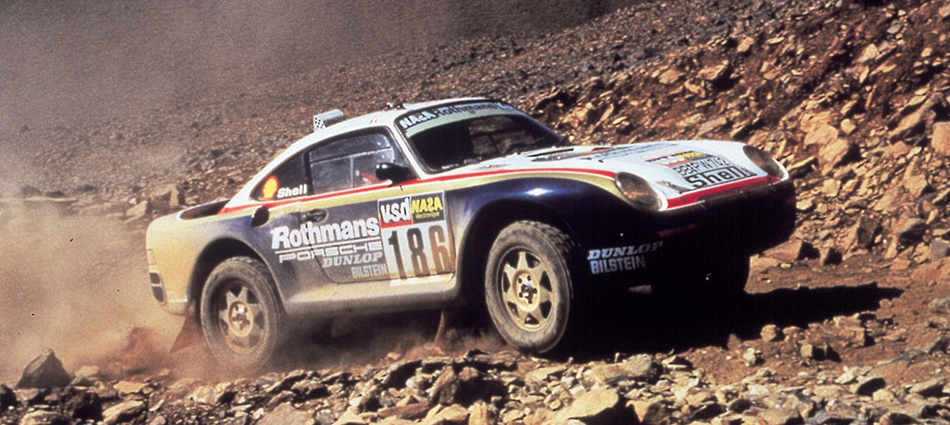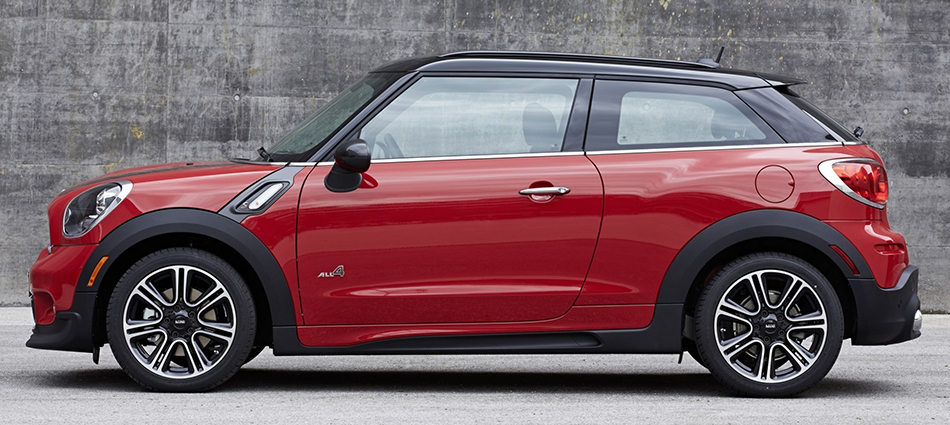The Thinker's Garage Pondering Automotive History, Design and Culture

On brand diversification
With a product as emotional as a car, brand loyalty among niche manufacturers can be extremely high. Enthusiasts take the decisions of ‘their’ brands personally so when a brand famous for its niche products like Porsche or MINI diversifies, some hardcore fans will inevitably cry foul about the brand’s apparent selling out. But as much as there are ways to stretch a brand too far, there are ways to cleverly diversify a brand’s product range to resoundingly strengthen it.
More than a decade on from the launch of the original Porsche Cayenne, there are still Porsche diehards who are aghast at the concept of it. But prolonged critical and sales success for the Cayenne (it accounted for 83,208 of the 151,999 vehicles built by Porsche in 2012) has led to the imminent launch of a smaller SUV sibling, the Macan. Considering that the brand’s total production in 2002 was 55,050 vehicles, the hard numbers state that Porsche’s mission of diversification has been a successful one, whether you like the Cayenne or not.
It could be argued however that building an SUV is in keeping with Porsche’s history and ethos. While it is true that Porsche forged its reputation with sports cars, the importance of endurance to the marque has also been clear over the years. The attitude that has seen Porsche win at Le Mans 16 times has also seen them successfully compete off road, scoring victories in events as prestigious as the Paris-Dakar rally (twice) and the Rally Monte Carlo. The pedigree was there for them to build an off-road style passenger vehicle. Their mainstream models have also rarely been purely sporting machines – sure, there have been hardcore track vehicles sold over the years but the bulk of Porsche’s sales volume has always come from vehicles that blended that performance with luxury.
Sure, part of the Cayenne’s success is down to the luxury SUV segment has going from strength to strength over the last decade. But it’s also succeeded because it is a very well executed vehicle with distinctively Porsche traits. It is impressively engineered, drives extremely well for its class and has design cues that make it an obvious part of the Porsche family. It makes a great daily drive or family vehicle for the person who either has a 911 in the garage for the weekend or really wants a 911 but couldn’t live with a sports car. In many ways the Cayenne compliments the rest of the Porsche range, and it’s a testament to Porsche that a decade later Lamborghini and Maserati are still planning their Cayenne rivals.
The same can’t be said for many of the diversification attempts made by MINI. Although the contexts surrounding the design and execution of the original BMC Mini designed by Alec Issigonis and the 21st century BMW MINI were very different, at least the modern MINI design managed to somewhat capture a lot of the fun and romance associated with the original design. Rather than being a platform shared styling exercise like its contemporary, Volkswagen’s New Beetle, the MINI was built on a bespoke platform that made it a competitive luxury hatch in its own right. The new MINI has been so successful that the third generation of the small car has just been launched. In the meantime though, BMW has produced a number of spinoffs that seem to become less and less relevant.
First there was a convertible, which was an understandable move considering the car’s ability to be used as a fashion accessory. Then there was the reasonably fun Clubman which seemed destined to always be a niche vehicle but was a nice nod to the old Mini Traveller and Mini Van. Things started to get a little silly with the MINI Countryman – I know I acknowledged Porsche’s rally history when justifying the Cayenne but the original Mini’s success came from its giant killing handling and sheer nimbleness. A frumpy, bloated SUV seemed so far removed from the original MINI concept that it was ridiculous – particularly considering parent brand BMW was launching the similarly sized X1 around the same time. Due to the SUV sales boom though, the logic and sales potential still seemed plausible. But then there was the MINI Coupe – a three box version of the MINI hatch and the MINI Roadster (when was the last time you saw one of those two on the road?), a convertible version of the MINI Coupe that is different to the MINI Convertible. Confused yet? To top off this insane brand bloat, MINI have also since launched the Paceman, a two door version of the Countryman. That’s right. A two door version of a large four door version of a two door small car that also comes as a coupe. I’m surprised they haven’t done a convertible yet (if anyone from MINI is reading this, don’t get any ideas…).
I suppose the difficulty MINI faces is that, unlike Porsche who have a whole repertoire of models from their past, they have based their whole brand on a fond memory people have of one vehicle. The Volkswagen New Beetle is a Volkswagen model, maybe if the MG-Rover group still existed under BMW’s control the MINI could have been a Rover model and this problem wouldn’t have occurred.
by Andrew Marshall


